13 Reasons To Love Sunflowers Even More
Sunflowers are more than just a pretty face! Check out these 13 amazing facts about these summer beauties.
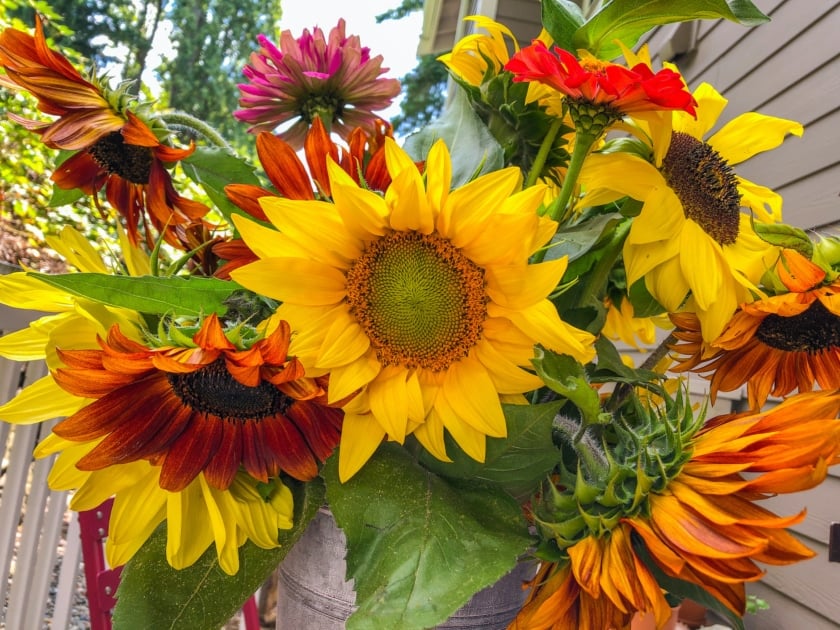
It’s hard not to smile when you see a sunflower’s huge head basking in the sunshine. Synonymous with summer, their bright petals and tall stature make these annuals hard to ignore. Turns out, sunflowers are much more than a pretty face. We found 13 interesting facts that you might not have known about these sunny beauties.
1. Sunflowers Appear on the Kansas State Commemorative Quarter
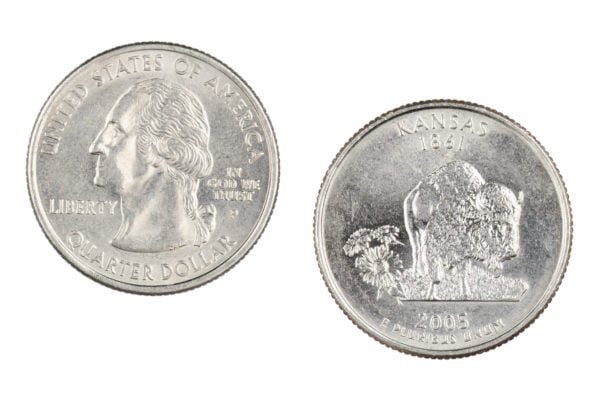
The official state flower of Kansas is the wild native sunflower, which is why its nickname is “The Sunflower State.” On the Kansas bicentennial commemorative quarter, an American buffalo stands besides the wild, native sunflowers found throughout the state. The design symbolizes past frontier days, vast prairies, life, and a golden future.
2. Sunflowers Were Historically Used as Medicine
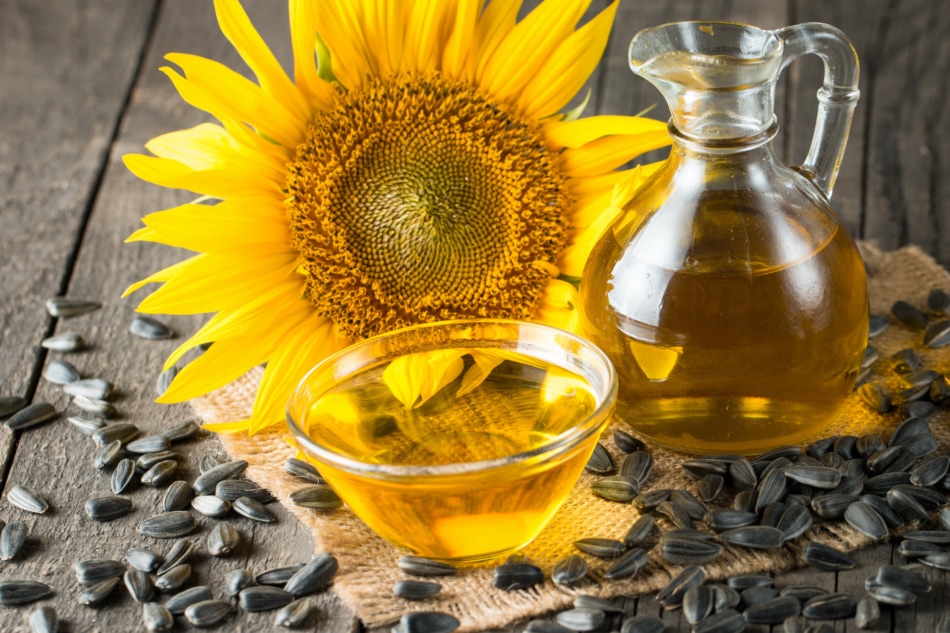
Across the continent, Native Americans used every part of the sunflower for various healing remedies. The Cochiti cut fresh plant stems and applied the juice to cuts and wounds to promote healing without infection. The Cherokee made an infusion of sunflower leaves to treat kidney ailments. The Dakota used leaf infusions to treat chest pains. The Zuni used a poultice made from the plant roots to treat snakebites.
3. Sunflowers Were Used to Predict Upcoming Harvests
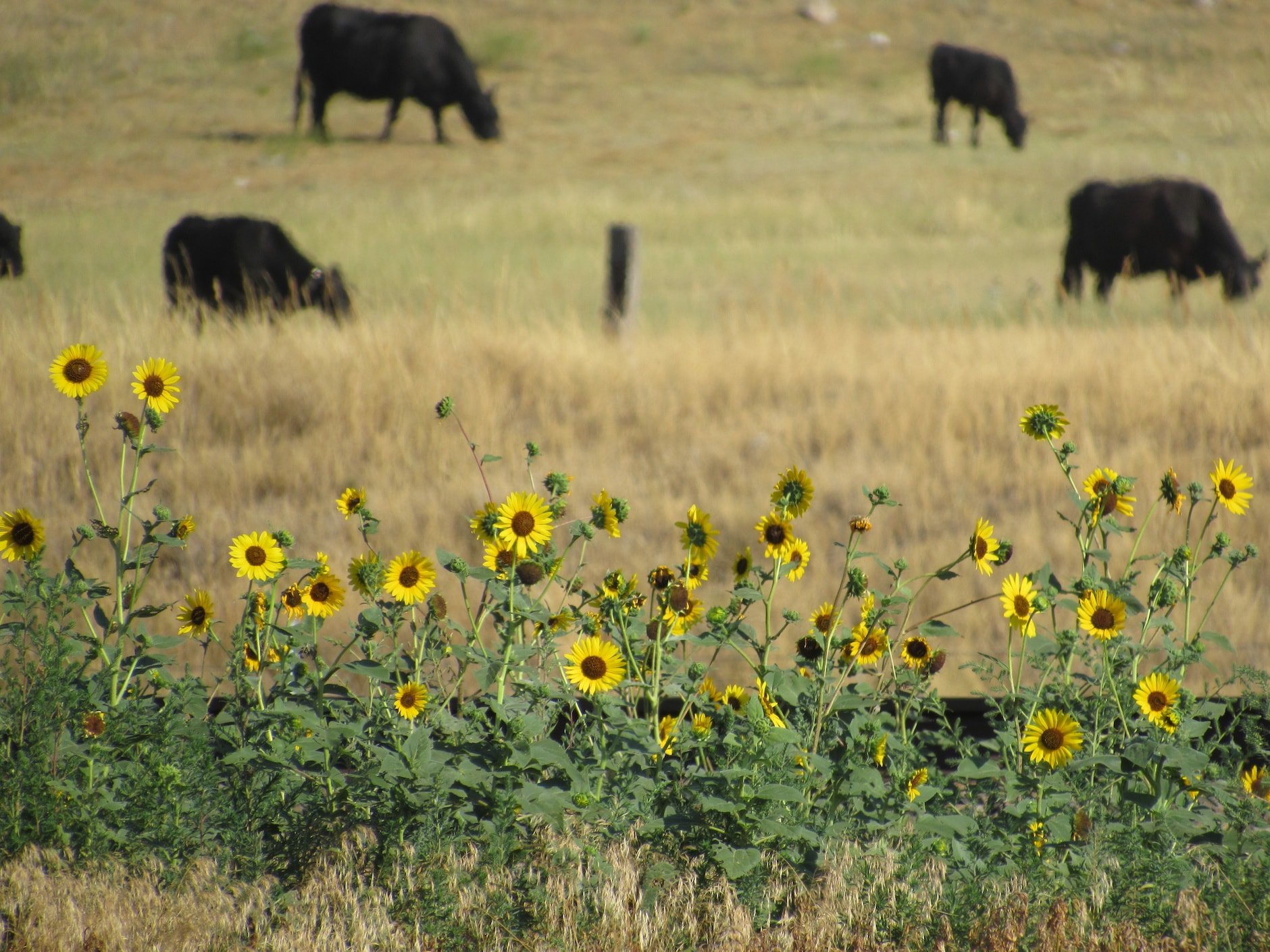
The Hopi in the Southwest believed that when the sunflowers were in abundance, it was a sign that the harvest would be abundant too. Prairie-dwelling Teton Dakota Indians had a saying, “when the sunflowers were tall and in full bloom, the buffaloes were fat and the meat good.”
4. The Tallest Sunflower Is Listed in the Guinness Book of World Records
Sunflowers can grow to about 12’ in height, but the world’s tallest recorded sunflower reached 30 feet, 1 inch. It was grown by Hans-Peter Schiffer in Karst, Nordrhein Westfalen, Germany in 2014.
5. Sunflowers Follow the Sun
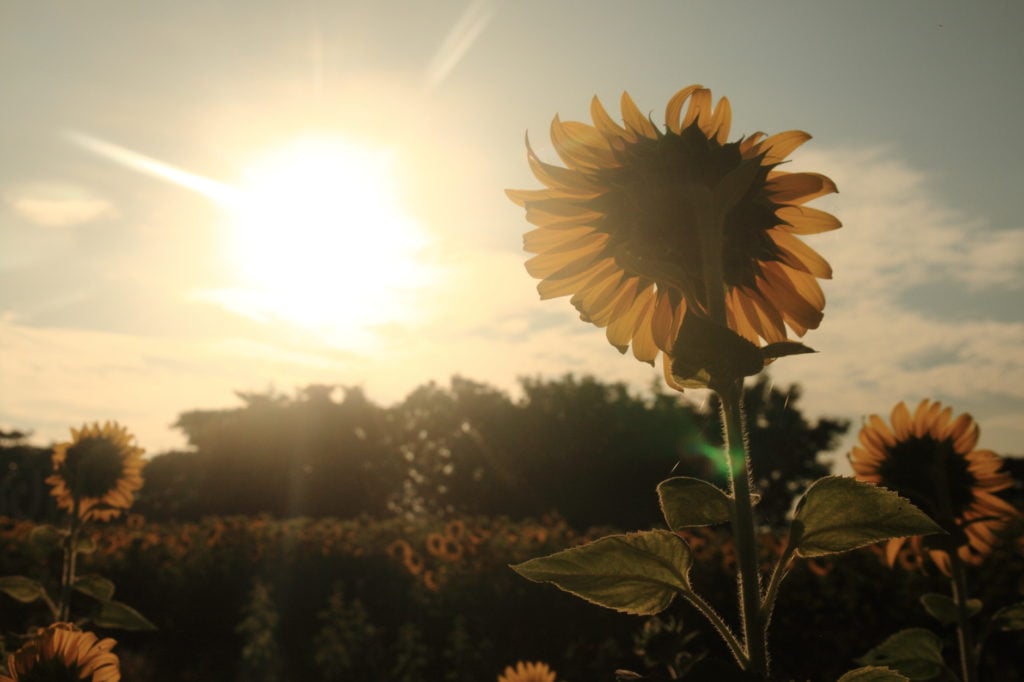
In the morning, as the sun rises, young flower heads face east. They will turn and tilt their heads toward the sun throughout the day, following it until sunset. Fun fact: during seed production, however, heavy, mature flower heads are less likely to move—the stiff, mature stem keeps them stationary, usually facing east.
6. Not All Sunflowers Are Yellow
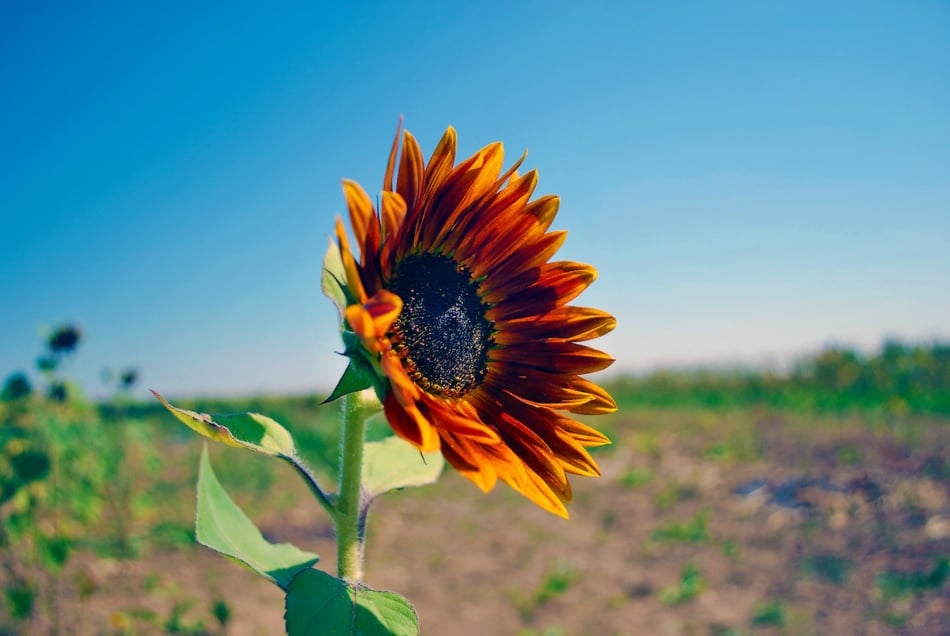
Sunflowers are loved for their huge, sunny yellow blooms. Yet, there are gorgeous deep red, burnt orange, and purple varieties available. The Velvet Queen sunflower variety has striking, velvety mahogany-red 3-4” blooms, with a touch of gold. There are also pale varieties such as the Italian White. You can buy sunflower seed packets containing several varieties that will yield a colorful sunflower field wherever you plant them.
7.The Sunflower’s Flower Head is Made up of Thousands of Little Flowers
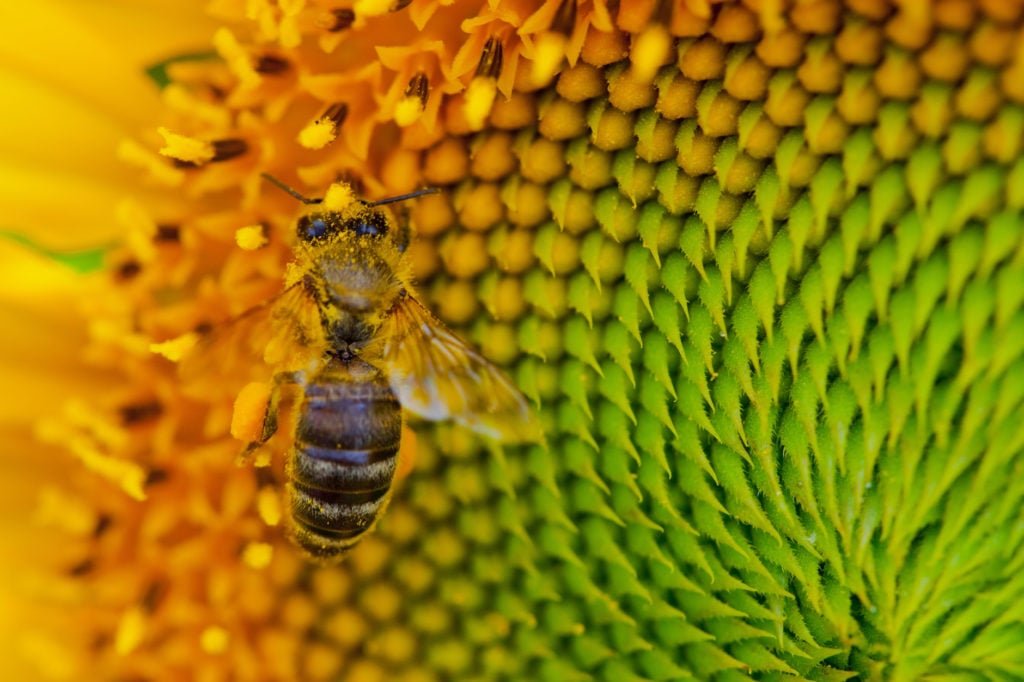
Each sunflower is made up of 1,000 to 2,000 little flowers. The seeds develop in the center of the flower head in what is known as disk florets. They are able to self-pollinate but are often pollinated by wind, bees, butterflies, and other insects. Bees and butterflies are attracted to the middle “eye” of the sunflower, so growing sunflowers encourages their presence and helps these beneficial pollinators thrive.
8. A Single Sunflower Can Have Up to 1,000 Seeds
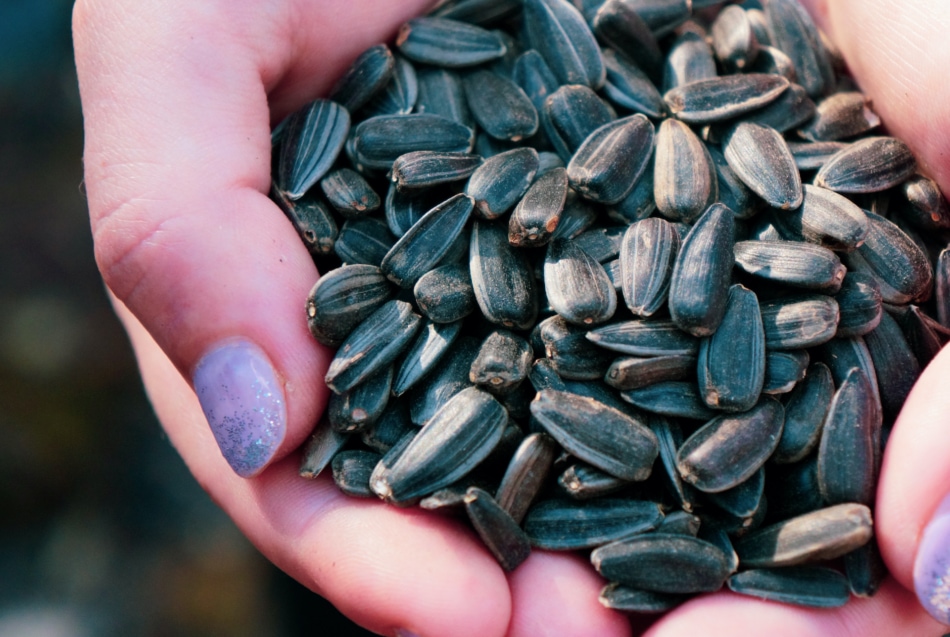
The black seeds are used for making sunflower oil, bird seed, a healthy snack food, or growing microgreens (see #12). They’re rich in protein, potassium, magnesium, calcium, iron, and the powerful antioxidant, vitamin E which helps prevent cancer and heart disease.
9. Sunflower Seeds Make A Good Peanut Butter Substitute
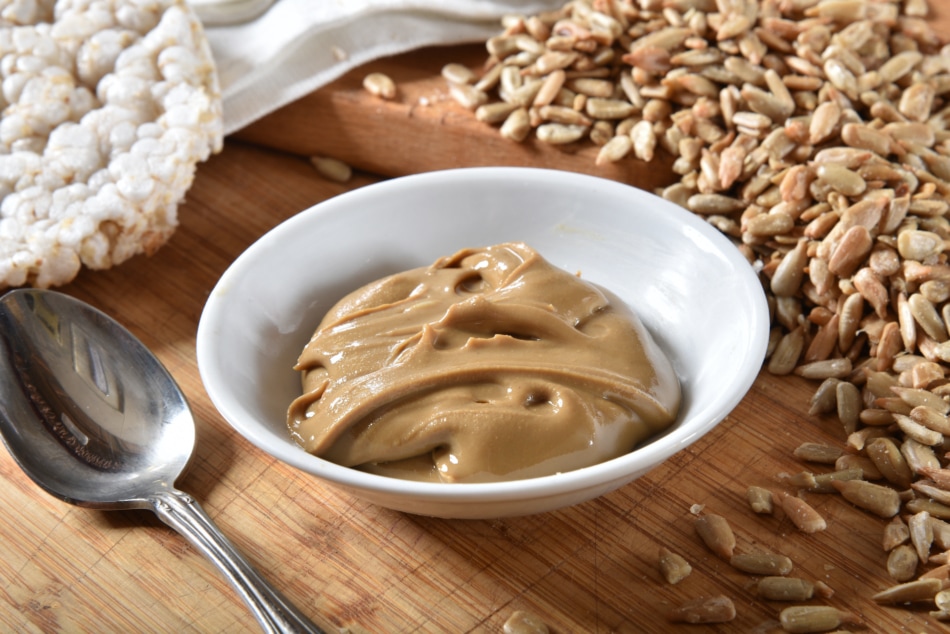
The seeds are ground into a delicious, creamy spread known as sun butter. It’s a great alternative for those allergic to peanuts.
10. Sunflowers Have Inspired Numerous Famous Paintings
Sunflowers inspired master painters and modern artists alike. Dutch artist, Vincent Van Gogh (1853 – 1890) is famous for many works, especially his Sunflower Series. Yet Van Gogh’s weren’t the only famous ones. Diego Rivera, Claude Monet, and Paul Gauguin painted sunflowers too. Gauguin (1848 – 1903) admired Van Gogh’s sunflower paintings so much that he painted a portrait of Vincent van Gogh painting sunflowers in his 1888 work, The Painter of Sunflowers.
11. Sunflower Seeds Went to Space
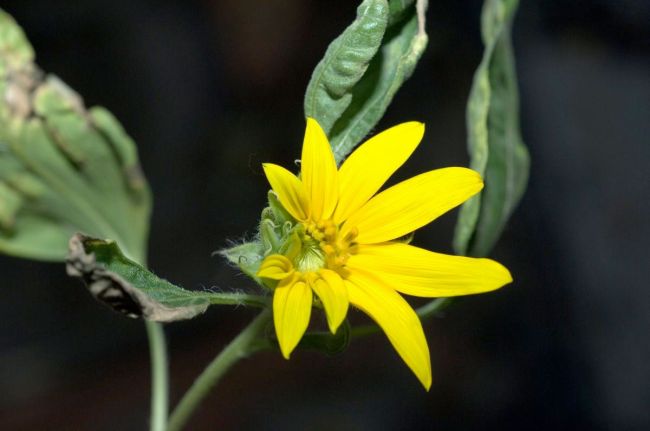
US astronaut Don Pettit brought many seeds—including sunflower seeds—to grow in the International Space Station in 2012.
12. Sunflower Microgreens Are A Tasty Superfood
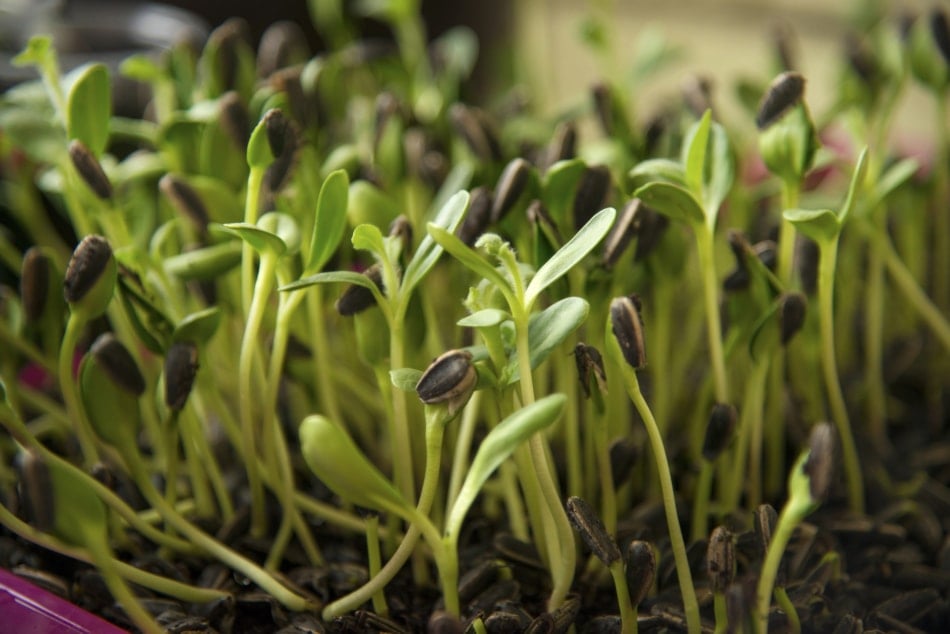
Sunflower microgreens have a nice crunchy texture and pleasant nutty flavor. “Sunnies” are a great snack food, tasty in salads, and work well chopped in fruit salads or yogurt. They’re nutrient-dense, rich in essential amino acids, Vitamins A, D, E, B complex, calcium, iron, magnesium, potassium, phosphorus, and zinc. Their super nutrient profile bolsters immune and digestive health.
13. Mammoth Sunflowers Have a Head That’s More Than A Foot Wide
The stately Mammoth typically takes 75-90 days to bloom. Its enormous head reaches more than 1 foot across!
Want To Harvest Your Own Sunflower Seeds?
If you have lots of sunflowers growing in your garden, you’ll want to dry some to enjoy later. Birdwatchers may want to leave at least one flower head in the garden for wild birds to eat.
Sunflower seeds are ready to harvest when the flower petals start to fall off. The head will droop and the back of the flower head will turn yellowish-brown.
To collect and dry the seeds, cut the head off, and place it in a paper sack, muslin bag, or pillowcase. Tie the bag with a twine and hang in a dry spot with some air circulation (your garage, tool shed, attic, barn rafters). Once dried, remove the seeds. You can eat them raw or roast them. Be sure to save some seeds in a cedar box for next year’s planting.

Deborah Tukua
Deborah Tukua is a natural living, healthy lifestyle writer and author of 7 non-fiction books, including Pearls of Garden Wisdom: Time-Saving Tips and Techniques from a Country Home, Pearls of Country Wisdom: Hints from a Small Town on Keeping Garden and Home, and Naturally Sweet Blender Treats. Tukua has been a writer for the Farmers' Almanac since 2004.


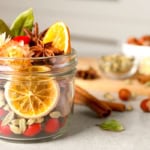



When mature, I like to cut the head off sunflowers, leaving about six to nine inches of stem on, hang them in the barn (away from birds) then in the winter hang the heads under the eves of the house. Makes a great natural way to feed our feather friends in the winter.
A favorite sunflower photo from this summer.?
So pretty! Thank you for sharing!
Thank you for this article. I’m going to try and grow some in the spring.
🙂 Hope you have lots of flowers to enjoy next summer.